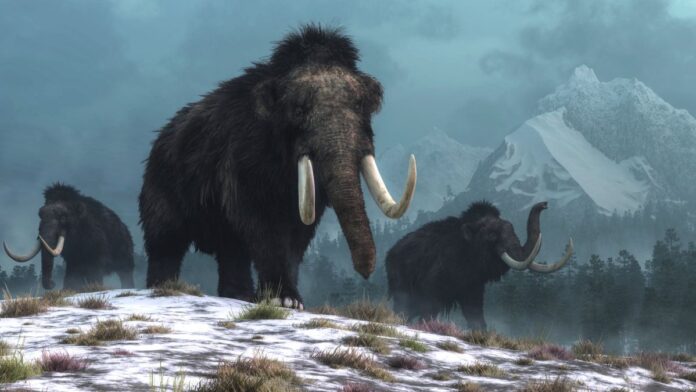For the first time, scientists have successfully sequenced ancient RNA from a woolly mammoth that lived nearly 40,000 years ago, pushing the boundaries of what’s possible in paleogenomics. The discovery, made from the exceptionally well-preserved remains of a mammoth named Yuka found in the Siberian permafrost, offers a unique window into the animal’s biology just before its death.
The Breakthrough in Ancient RNA Sequencing
While ancient DNA sequencing has become increasingly common, recovering RNA – a much more fragile molecule – has remained a significant challenge. RNA degrades rapidly compared to DNA, making its survival over tens of thousands of years highly improbable. Yet, researchers have now demonstrated that under the right conditions, RNA can persist long enough to be sequenced.
Why RNA Matters: Beyond the Genome
DNA provides the blueprint for life, but RNA is the molecule that executes those instructions. While DNA reveals what genes an organism possesses, RNA shows which genes were actively being used at a specific moment. This distinction is crucial for understanding how an organism functioned in its final moments.
The Case of Yuka: A Glimpse into the Past
The RNA sequenced came from Yuka, a male woolly mammoth calf discovered in 2010. Analysis of his muscle tissue revealed RNA associated with muscle contraction, metabolic regulation under stress, and even microRNA – small regulatory molecules that control gene expression. This suggests Yuka was likely under physical duress when he died, supporting previous theories that he may have been attacked by predators before succumbing to the elements.
Implications for Paleogenomics
This breakthrough has far-reaching implications for paleogenomics. It opens the door to studying gene regulation in extinct animals, reconstructing ancient ecosystems, and even sequencing RNA viruses preserved in Ice Age remains. The fact that RNA can survive for so long suggests that exceptionally well-preserved remains may contain a wealth of biological information previously thought lost to time.
The Future of Ancient RNA Research
The survival of RNA in ancient remains is rare, but Yuka’s case demonstrates it is possible. Researchers now have a blueprint for identifying ideal preservation conditions and narrowing their search for future discoveries. The ability to sequence ancient RNA could revolutionize our understanding of life in the past, providing insights that DNA alone cannot offer.
This discovery marks a turning point in paleogenomics, proving that even the most fragile biological molecules can survive the ravages of time under the right conditions. The secrets hidden within ancient RNA may soon unlock new chapters in our understanding of life on Earth




























